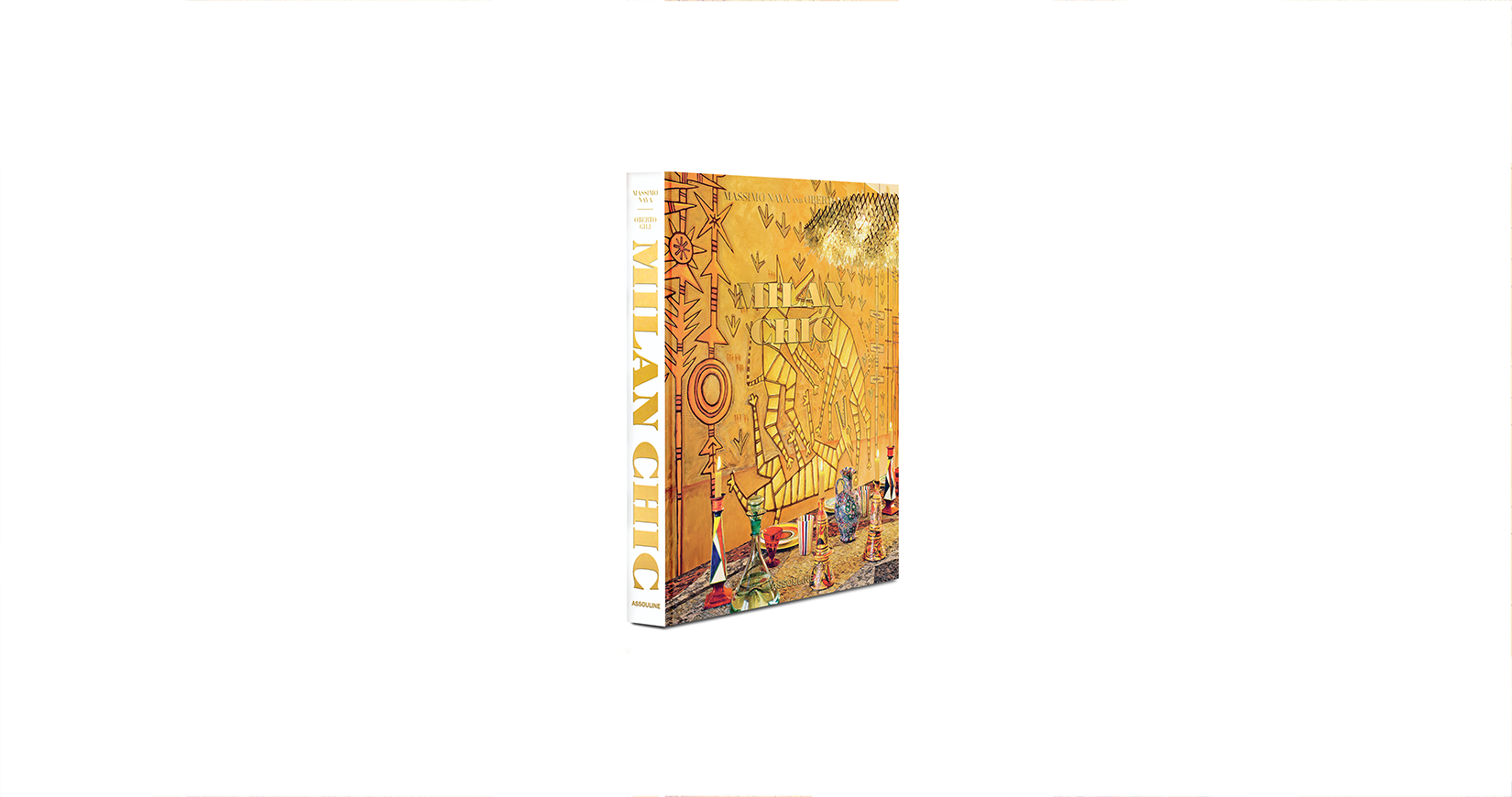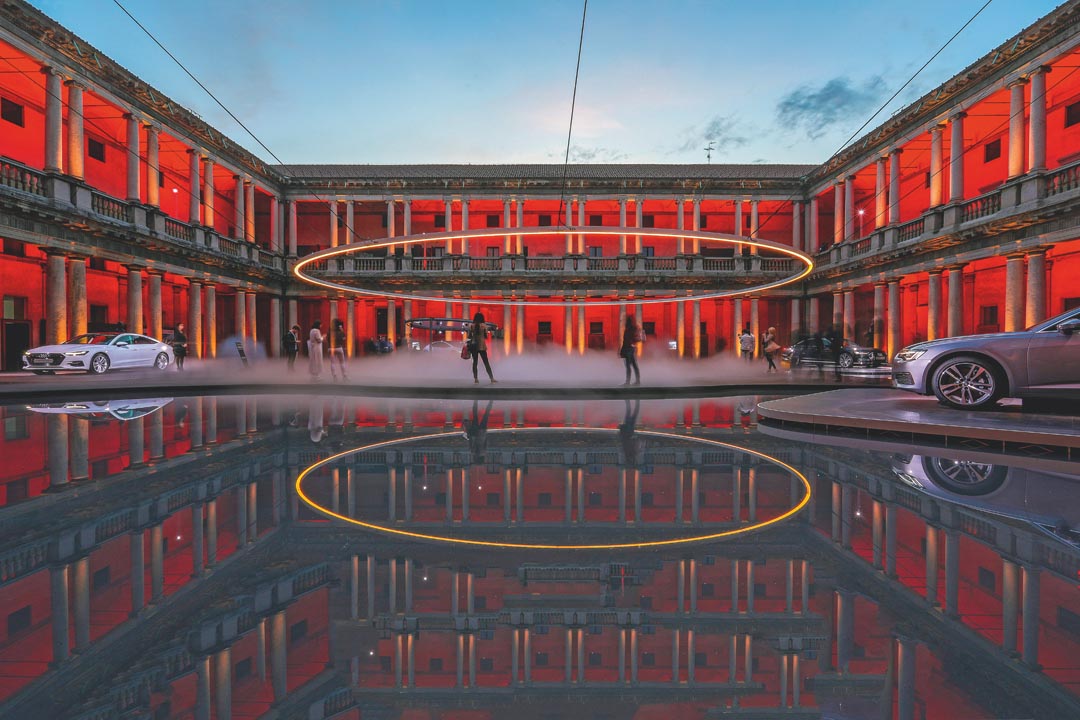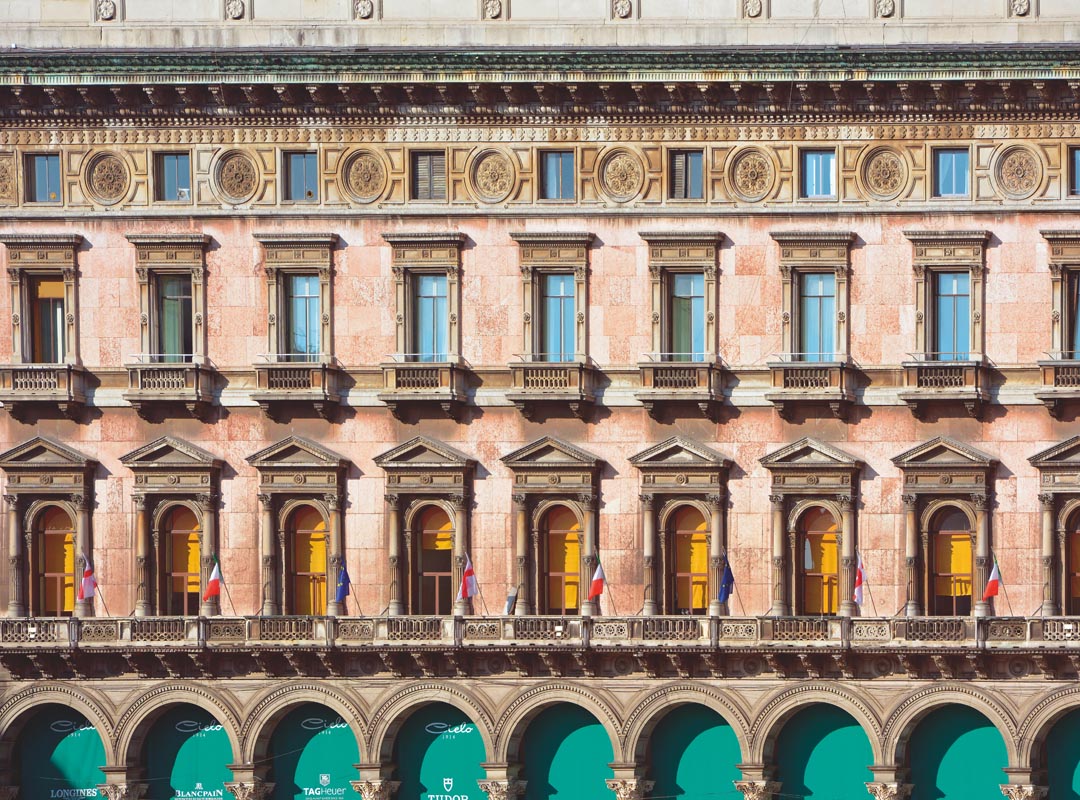Copyright © 2025 Motivate Media Group. All rights reserved.
New book by Assouline offers insights into Milan’s creative spirit
Milan Chic features homes and studios of the city's mos sought-after designers and artists

“Design and fashion are a sort of religion in Milan,” writes Massimo Nava in Milan Chic, a soon-to-be-released book about the Northern Italian city, published by Assouline. Milan – although perhaps not the most touristic city among the country’s plethora of stunning locations – offers a distinct skyline where the aesthetics of history and tradition meet with the innovations of modernity, revealing itself through lesser-known treasures such as Stefano Boeri’s Vertical Forest or Rem Koolhaas’s Fondazione Prada. Fewer people also know that Leonardo da Vinci’s masterpiece, The Last Supper, lives in this city, housed inside the Santa Maria delle Grazie church.

Among its other landmarks such as the Duomo di Milano and the iron-and-glass domed Galleria Vittorio Emmanuelle II, the true essence of the city lies behind the hidden façades both of its historic and contemporary buildings, where design takes centre stage.

“Design, fashion and industry do not exist in separate worlds here,” Nava writes. “They are part of an incredible network of businesses, jobs and start-ups. Discovering the spirit of the city means understanding a complicated combination of a new social class, new work opportunities and a new lifestyle rooted in a remarkable historical and human heritage.

“Design here is a physical presence, perceived in all workplaces, whether studios or factories, which produce objects born from individual creativity or from meetings at the event where everything comes together: the Salone del Mobile, the renowned furniture and design fair.”

In Milan Chic, it is apparent that the magnificence of Milan is in fact a reflection of its creative inhabitants: the designers, architects, artists and restauranteurs who lend their sense of style to the city. “The style here is simple and elegant, without ostentation,” Nava describes. “‘Chic’ in Milan means smartly dressed, embodied by certain formal essentials, like an Armani coat. The fashion master himself said: ‘You can sum up the style of Milan with three D’s: discipline, duty, discretion’.”

In this vibrant volume, Nava, alongside photographer Oberto Gili, takes readers on an intimate journey, making stops at the homes of sought-after designers, the studios of the city’s artists and the headquarters of some of the most prominent architects, illustrating the allure of this elegant industrial and cultural centre.
The Latest
Elevate Your Reading Space
Assouline’s new objects and home fragrances collection are an ideal complement to your reading rituals
All Aboard
What it will be like aboard the world’s largest residential yacht, the ULYSSIA?
Inside The Charleston
A tribute to Galle Fort’s complex heritage, The Charleston blends Art Deco elegance with Sri Lankan artistry and Bawa-infused modernism
Design Take: Buddha Bar
We unveil the story behind the iconic design of the much-loved Buddha Bar in Grosvenor House.
A Layered Narrative
An Edwardian home in London becomes a serene gallery of culture, craft and contemporary design
A Brand Symphony
Kader Mithani, CEO of Casamia, and Gian Luca Gessi, CEO of Gessi, reflect on the partnership between the two brands
The Art of Wellness
Kintsugi in Abu Dhabi, situated in a seven-storey villa, offers the ultimate zen retreat
Design Take: Inside the Royal Suite at Jumeirah Al Naseem
With sweeping views of the ocean and Burj Al Arab, this two bedroom royal suite offers a lush stay.
Elevated Living
Designed by La Bottega Interiors, this penthouse at the Delano Dubai echoes soft minimalism
Quiet Luxury
Studio SuCo transforms a villa in Dubailand into a refined home
Contrasting Textures
Located in Al Barari and designed by BONE Studio, this home provides both openness and intimacy through the unique use of materials
Stillness, Form and Function
Yasmin Farahmandy of Y Design Interior has designed a home for a creative from the film industry
















